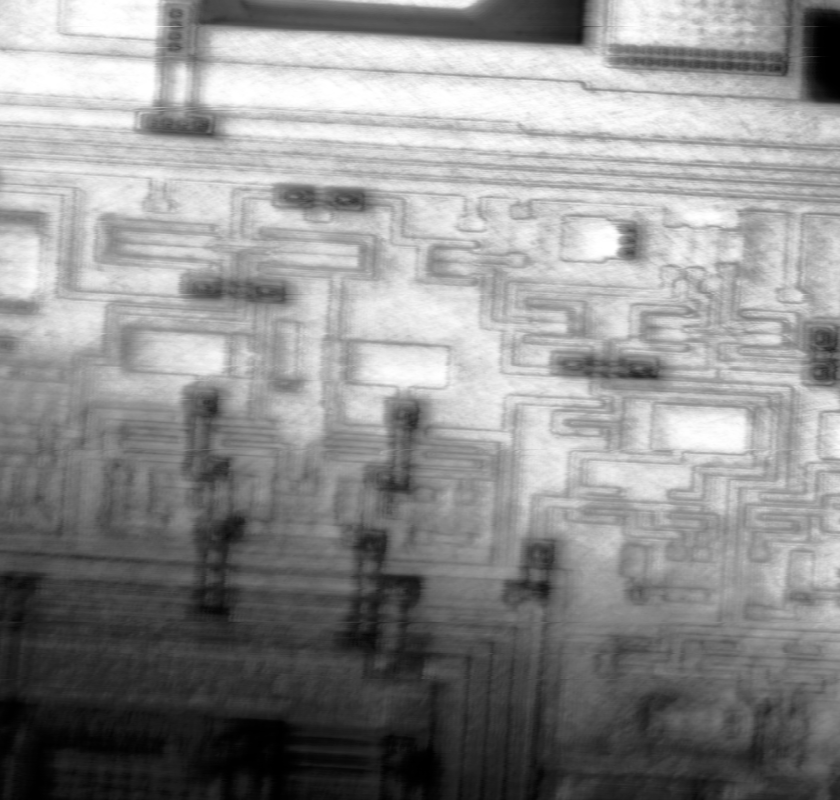Robo-fish filters microplastics like a whale with krill

The world's collective plastic waste does not always stay in landfills. They often break down into microplastics that fill our oceans and then end up in our air, water supply and food. According to a study by Orb Media, 83% of water samples tested from metropolitan areas around the world contained plastic fibers. One way to reduce microplastics before they end up in our bodies is to collect them where they float in lakes and oceans. For the Natural Robotics Contest, student Eleanor Mackintosh designed this robot fish that filters microplastics like a whale that eats krill.
Mackintosh created the robot fish concept, then the Natural Robotics competition team transformed it into a real robot. This robot, called "Gillbert" (we see you, Eleanor) is now an open source project and anyone can build it for themselves using the 3D printable files released on GrabCAD. Gillbert contains mesh filters that collect plastic particles as water flows through its mouth and gills. It swims through the water like a real fish, swinging its tail to propel itself and using its fins to steer itself.

An Arduino Nano 33 IoT board controls Gillbert's motors and monitors sensors, which include an LSM6DS3 IMU (inertial measurement unit), turbidity sensor, and light/color sensor. The Arduino receives commands over WiFi via a tethered receiver that floats on the surface. Operator pilots Gillbert using a Microsoft Xbox One controller and power comes from a 5000mAh USB battery.
The Natural Robotics competition team tested Gillbert in a lake in Guildford, England, with good results. Although the robot fish does not have the instruments to analyze microplastics, it can collect them and bring them back to researchers for study. Alone, Gillbert (or even a fleet of Gillberts) cannot collect enough microplastic to make a difference in the real world. But the research it allows could be very beneficial.


The world's collective plastic waste does not always stay in landfills. They often break down into microplastics that fill our oceans and then end up in our air, water supply and food. According to a study by Orb Media, 83% of water samples tested from metropolitan areas around the world contained plastic fibers. One way to reduce microplastics before they end up in our bodies is to collect them where they float in lakes and oceans. For the Natural Robotics Contest, student Eleanor Mackintosh designed this robot fish that filters microplastics like a whale that eats krill.
Mackintosh created the robot fish concept, then the Natural Robotics competition team transformed it into a real robot. This robot, called "Gillbert" (we see you, Eleanor) is now an open source project and anyone can build it for themselves using the 3D printable files released on GrabCAD. Gillbert contains mesh filters that collect plastic particles as water flows through its mouth and gills. It swims through the water like a real fish, swinging its tail to propel itself and using its fins to steer itself.

An Arduino Nano 33 IoT board controls Gillbert's motors and monitors sensors, which include an LSM6DS3 IMU (inertial measurement unit), turbidity sensor, and light/color sensor. The Arduino receives commands over WiFi via a tethered receiver that floats on the surface. Operator pilots Gillbert using a Microsoft Xbox One controller and power comes from a 5000mAh USB battery.
The Natural Robotics competition team tested Gillbert in a lake in Guildford, England, with good results. Although the robot fish does not have the instruments to analyze microplastics, it can collect them and bring them back to researchers for study. Alone, Gillbert (or even a fleet of Gillberts) cannot collect enough microplastic to make a difference in the real world. But the research it allows could be very beneficial.
What's Your Reaction?






















